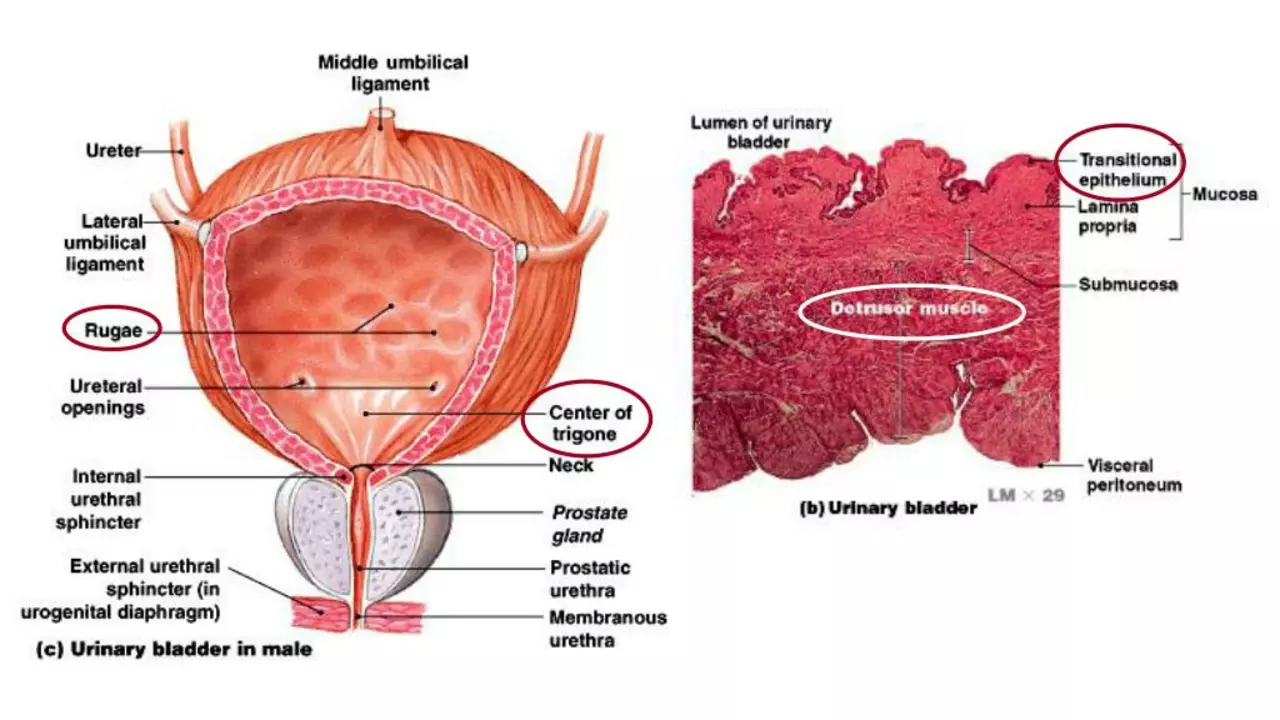Urinary Incontinence Symptoms: What to Watch For
Urinary incontinence means you leak urine when you don't want to. It can be a tiny drip when you cough, or you may suddenly need the bathroom and rush but can't hold it. Noticing the exact symptom helps figure out the cause and next steps.
Common symptoms are easy to spot: leaking when you laugh, cough, lift, or exercise; a sudden strong need to urinate followed by leakage; needing to go many times during the day or night; dribbling after you finish urinating; and waking at night to urinate more than once. Keep a short diary for a few days — note times, what you were doing, and how much leaked. That record tells your clinician a lot.
Types of incontinence and how they show up
Stress incontinence shows up as leaks during physical strain — sneezing, jumping, or lifting. Urge incontinence feels like a powerful, sudden need to urinate and often can't be controlled. Mixed incontinence combines both. Overflow incontinence causes constant dribbling or a feeling of incomplete emptying. Functional incontinence is when mobility or thinking issues stop you reaching the toilet in time.
What causes these symptoms?
Causes range from weak pelvic floor muscles after childbirth or surgery, to bladder overactivity, nerve damage from diabetes or spinal problems, prostate issues in men, or side effects from medicines like diuretics. Urinary tract infections can cause sudden urgency and leakage. Lifestyle factors — caffeine, alcohol, being overweight — make symptoms worse. Knowing the cause points you to effective fixes.
When should you see a doctor? Visit your doctor if leaks affect daily life, if symptoms come on suddenly, or if you have pain, blood in urine, fever, or inability to urinate. Also see help if you suddenly need to go more often or wake up multiple times at night. Early assessment prevents complications and shortens the path to relief.
Self-help steps you can try now: reduce caffeine and alcohol, manage fluid timing (don't stop fluids altogether), lose weight if needed, and start pelvic floor exercises. A simple plan: three sets of 10 pelvic squeezes twice daily. Bladder training — delaying urination by short intervals — helps with urgency over weeks.
Treatment options vary. First-line choices are lifestyle changes, pelvic floor rehab, and bladder training. Medications like antimuscarinics or beta-3 agonists can help overactive bladder. For stress leakage, devices (pessary), injections, or surgery may be options. Your doctor or pharmacist can explain risks and benefits for your situation.
If you want clear, practical advice on medicines or devices, CanadianPharmacyWorld has guides that explain options, side effects, and how to save on prescriptions. Urinary incontinence is common and treatable — noticing the right symptoms is the first step toward better control.
Bring a short list to your appointment: a bladder diary, current medicines, past surgeries, and any bowel or pelvic pain. Simple tests like a urine sample, ultrasound, or post-void residual check may be done. Ask about pelvic floor physiotherapy and stepwise treatment plans and follow-up options.
- Colin Hurd
- Jul, 16 2023
- 6 Comments
The role of diet and hydration in managing bladder and urinary incontinence symptoms
Managing bladder and urinary incontinence symptoms can be significantly influenced by our diet and hydration levels. Certain foods and drinks such as caffeine, alcohol, and spicy foods can irritate the bladder and exacerbate incontinence. On the other hand, maintaining proper hydration is crucial as dehydration can lead to constipation, which can worsen incontinence symptoms. It's important to drink enough water and eat a balanced diet rich in fiber to support healthy bladder function. So, our daily eating and drinking habits can play a vital role in managing these symptoms.

